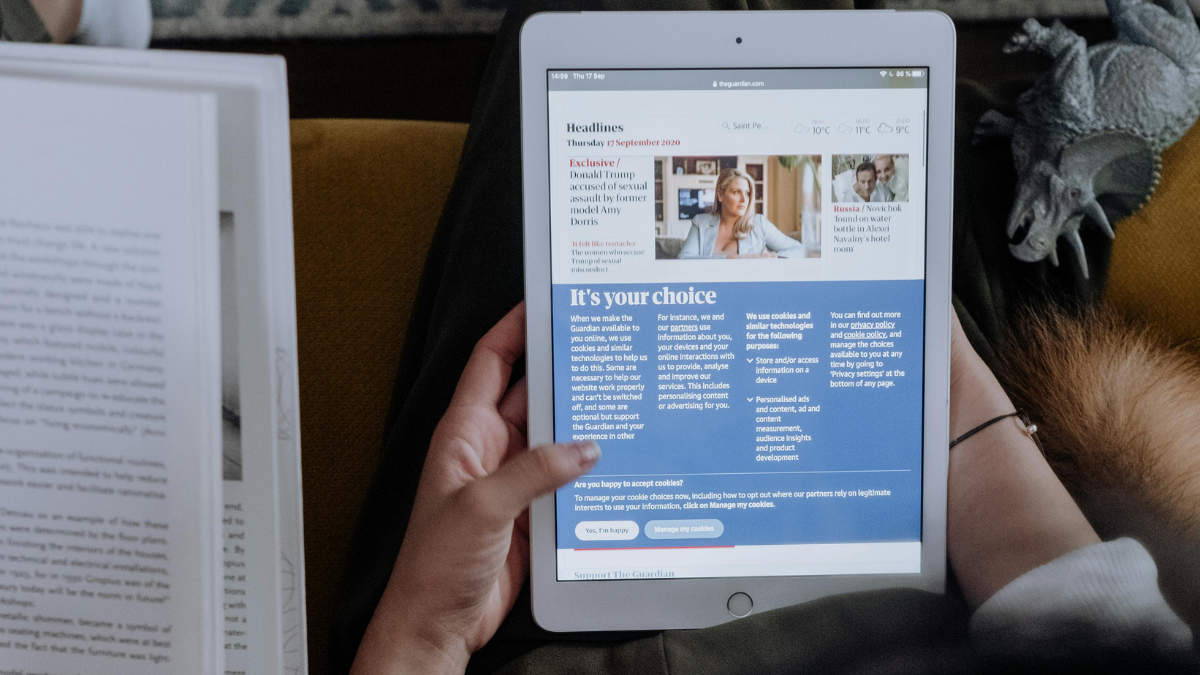Subscriptions have now overtaken digital advertising as the largest revenue driver for premium online publishers, according to the latest Digital Publishers’ Revenue Index*.
Jo Blake, head of investment at MI Media, says, ‘In terms of media buying, this is a good thing.’
In Q1 this year, subscriptions accounted for 34% of online publishers’ revenue while digital advertising made up 31%. The reversal comes after subscription revenues increased by 21.8% year-over-year, while those of display ads dropped by 2%.
‘Publishers have been pushing subscriptions for several years now,’ says Blake. ‘It’s easier for them to do so as they are in control of their future, as opposed to relying on digital display revenues, which of course can go up and down.’
She added that the increase in subscriptions is not just good news for publishers but also for consumers, who get more value as subscribers, and for media agencies, too.
‘As an agency, I would be happier to use titles with subscriptions because they have a loyal audience. Consumers are buying titles because they choose to and are parting with their cash, so will have a higher attention metric than non-subscribers,’ she explains.
Consequently, Blake says, media buyers get access to readers who ‘have higher attention, are more engaged and often more vocal about what they want to be seeing in the titles they subscribe to’.
‘So, where relevant products appear as advertising, consumers will be more likely to buy the product, making your media cash work harder,’ she says.
Why is display advertising falling?
Despite multiple studies showing that publishers offer brand-safe environments, brands are still reluctant to advertise against news. Richard Temple, CEO at independent media agency JAA Media, says it all boils down to the cost-per-thousand: ‘This is the eternal debate between low CPTs in unrestricted environments and higher CPTs in trusted environments.’
In theory, Temple says, marketers would choose the latter if they were concerned about brand safety. In practice, however, it seems to be more complicated.
‘The realpolitik of most advertisers’ lives is that they need to chase low CPTs to hit their short-term metrics — turning a blind eye to the shoddy environments they are in,’ Temple explains. ‘This latest research tells us what we probably all intuitively know, but expediency does seem to trump principles here.’
Subscriptions becoming a more important source of revenue for publishers could improve those environments, however. Nic Newman, senior research associate at Reuters Institute for the Study of Journalism, thinks publishers will have to produce better quality content to meet the expectations of audiences.
‘The move to direct reader revenue certainly changes the incentives towards more distinctive, in-depth journalism. With referrals increasingly hard to come by, me-too content simply won’t cut it anymore,’ Newman says.
But paywalls can bring other challenges, he argues, since readers who do not subscribe to a publisher will not be able to access information that may be ‘critical for supporting democracy’.
‘Also, super-serving elites with paid content, leaving others to access less reliable information via social media, may not be the best way to inform populations,’ he says.
*The Digital Publishers’ Revenue Index is published by the Association of Online Publishers and Deloitte and is based on a survey of 13 UK digital publishers.
Featured image: cottonbro studio / Pexels

